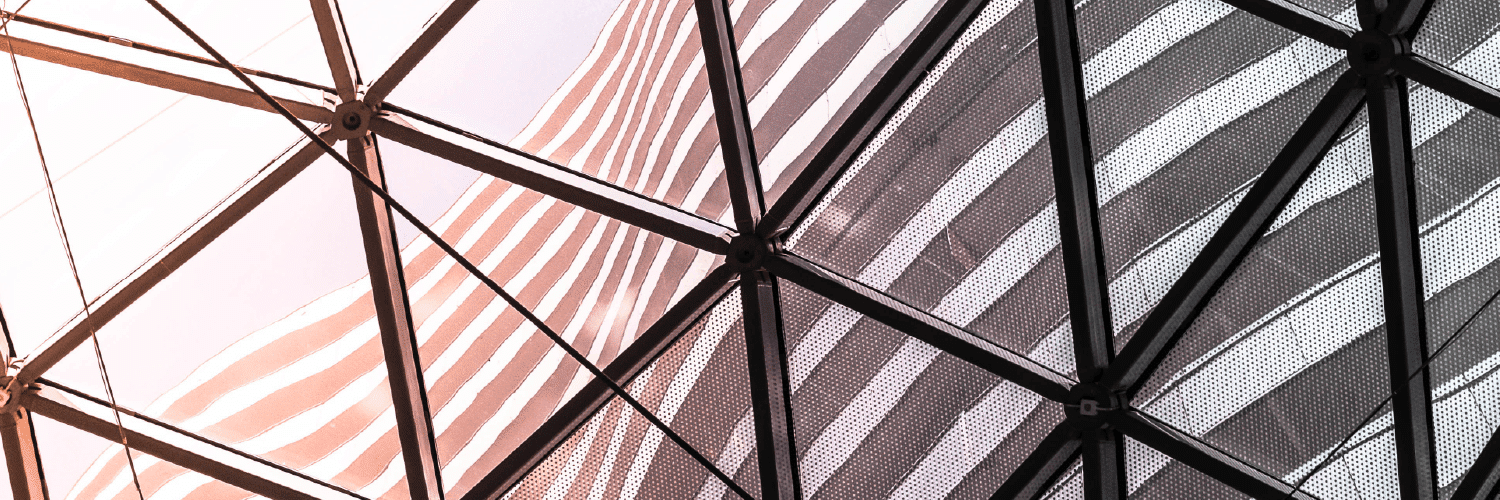
17 Nov 2016 (Vancouver Sun) Vancouver’s Terminal Avenue tech corridor dreams replaced by multi-sector reality

Today, walking down Terminal Avenue through the heart of the Flats and past the Pacific Central rail station, that large tech community remains elusive. In its place are a few new office buildings, a Tim Hortons, a Long & McQuade music store, the three-year-old campus of liberal arts school Columbia College, and a long row of luxury car dealerships and storage facilities.
The reality has not escaped city planners. Karen Hoese, Vancouver’s assistant director of planning, is responsible for downtown and its surrounding areas. Hoese noted the original 1999 concept plan for the Flats, which brought in high-tech office zoning (or I-3) for the western part of the neighbourhood, was meant to create a technology hub.
“What came out of the plan is that we wanted to retain the city-serving, light-industrial uses in the eastern parts of the Flats … with the western parts having the I-3,” she said. “But it was brought in just as the tech-bubble burst, and there was limited take-up. We recognized that high-tech didn’t take off.”
But that is not to say there is no technology cluster developing — it’s just not taking place on Terminal Avenue. The southeastern edge of the Flats, along Great Northern Way, is quietly fulfilling part of the promise originally envisioned for larger swaths in the neighbourhood’s western area.
“I think one of the lessons we’ve taken away from the last years is that we have to plan for the city’s economic growth in general,” she said. “One of the biggest mistakes we’ve made in the past was trying to craft the zoning for a specific industry. The economy changes quickly, so we have to keep the zoning fairly flexible.”
The diverse array of businesses may collectively hold the future of False Creek Flats: It may not end up as a large tech industry hub, but it could remain a modern industrial community that more accurately reflects Vancouver’s economy.
When one steps into 1077 Great Northern Way, in the southeast corner of False Creek Flats, it is hard to believe the building does not house a tech company. A colourful, light-filled atrium replete with windows, wooden decor and modern metallic trim is surrounded on multiple levels by open-concept meeting spaces. A rooftop patio and cafeteria sit alongside a wind tower drawing fresh air into the building. Geothermal operations in the basement help keep energy consumption low.
The 112,000-sq.-ft. office (designed to LEED-Platinum standards) is the headquarters of outdoor apparel retailer MEC, which relocated in 2014 to give it room to grow. MEC CFO Sandy Treagus said the building’s resemblance to a tech firm is no coincidence. The Flats’ supposed strength for drawing tech companies — its proximity to transit and downtown while offering larger office space — made it equally attractive to like-minded enterprises.
“You have to be resilient and agile, collaborative … all of that is similar to the tech sector,” Treagus said. “For us, the bike route, the public transit, access to parks for recreation … there are a lot of big pluses for the area. It’s about creating the right experience for work. We can build the most incredible new building, but if it doesn’t inspire a sense of place for our team, then we wouldn’t have achieved anything.”
City planner Hoese said that, when Vancouver added the I-3 zoning to the Flats in 1999, planners saw the need to densify jobs needing industrial zoning, and technology was a natural fit. As more land gets converted to residential uses, Vancouver found half of its jobs being squeezed into a small area (10 per cent of its total land today) with the Flats being a rare chunk of space to maintain an industrial base.
But when the tech companies didn’t come, the city decided to open up the I-3 zoning to general office use, and companies such as MEC, Columbia College and others started popping up on Great Northern Way and the western end of Terminal Avenue.
For tech companies and firms looking to build corporate cultures like MEC’s, the Great Northern Way area — dubbed the “Creative Campus” by city planners — became more attractive due to its vibe and its proximity to housing and technology-related institutions. And once non-tech companies appeared, the activity encouraged tech firms to re-examine the cluster.
So when the B.C. Tech Association started its search for a home in 2012, they found a small hub brewing, said Bill Tam, president and CEO of the association.
“We didn’t fully appreciate having a physical location at the beginning, but there’s a certain energy that you get when companies are located together,“ Tam said, pointing to the Centre for Digital Media, MEC, and the coming 285,000-sq.-ft. Emily Carr campus as major tenants on Great Northern Way. “In so many places, there are attempts to build tech hubs, but they all exist outside the city care. Here in Vancouver, we have an opportunity to build that right within the city. It is important to have hubs as focal points that can magnify, on the world stage, what is happening here.”
The association’s Innovation Hub, at 26,000-square-feet, now houses about 26 companies (each with 5-20 employees each) and runs an active accelerator program to launch start-ups. Tam said the program has helped its companies grow at an annual pace of 65 per cent, roughly four times the industry average.
“This particular corridor had been designated as a tech hub, but really hasn’t taken off — and I think the city was very wise in broadening the general use for the corridor,” said MEC’s Treagus. “That’s why we jumped in. And it has been fantastic.”
To read the rest of the article, click here.

